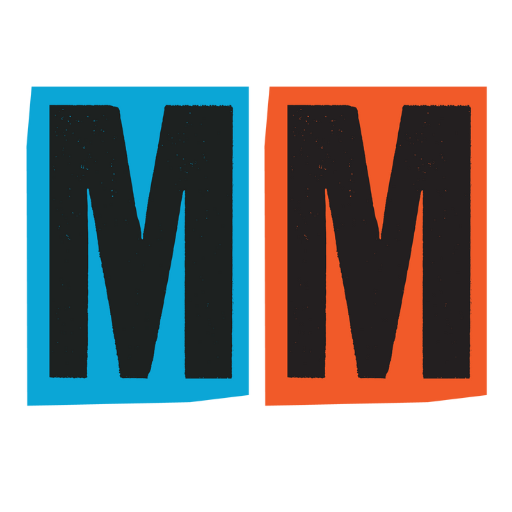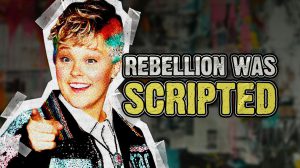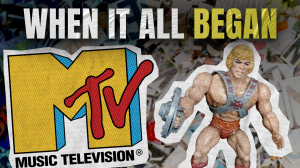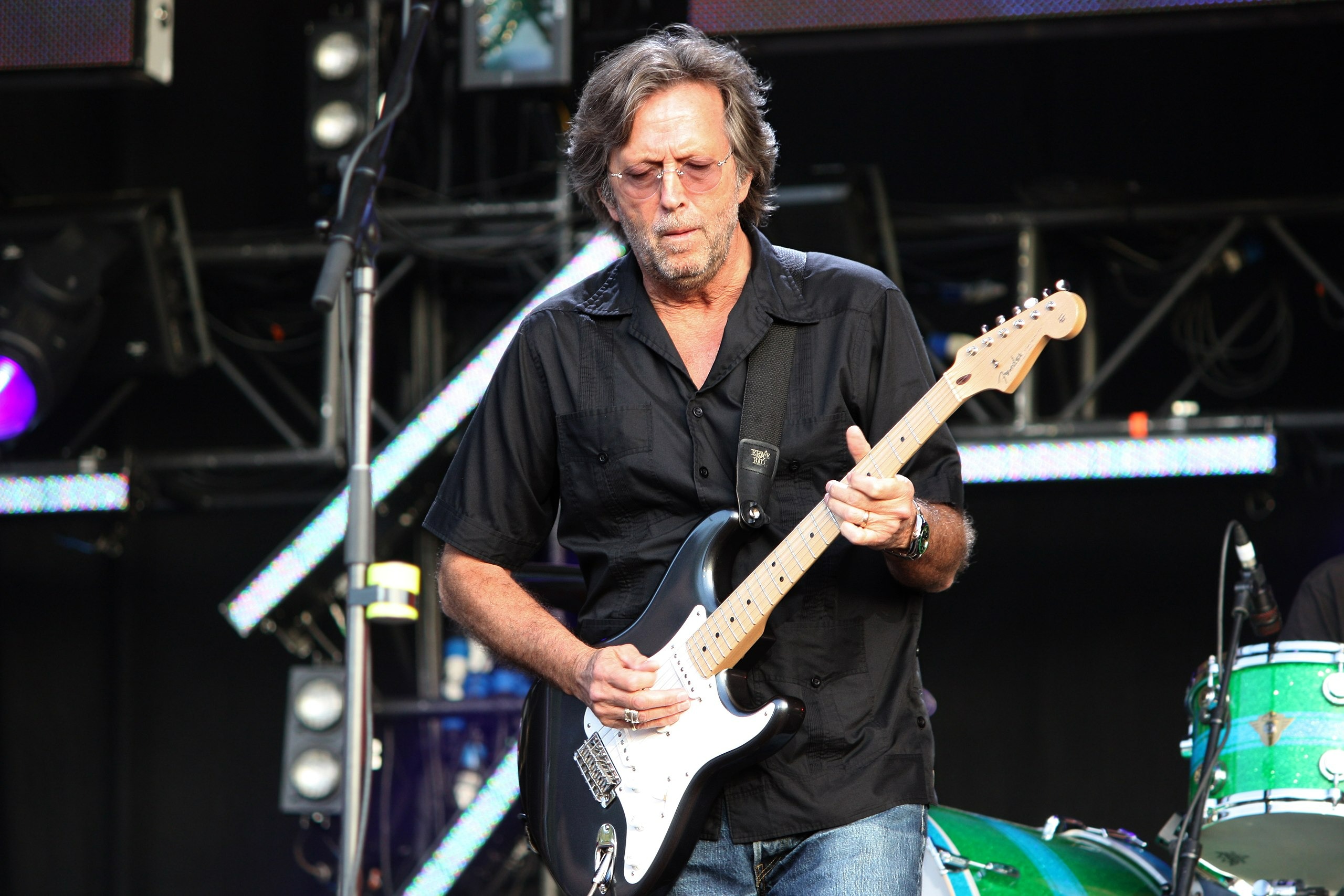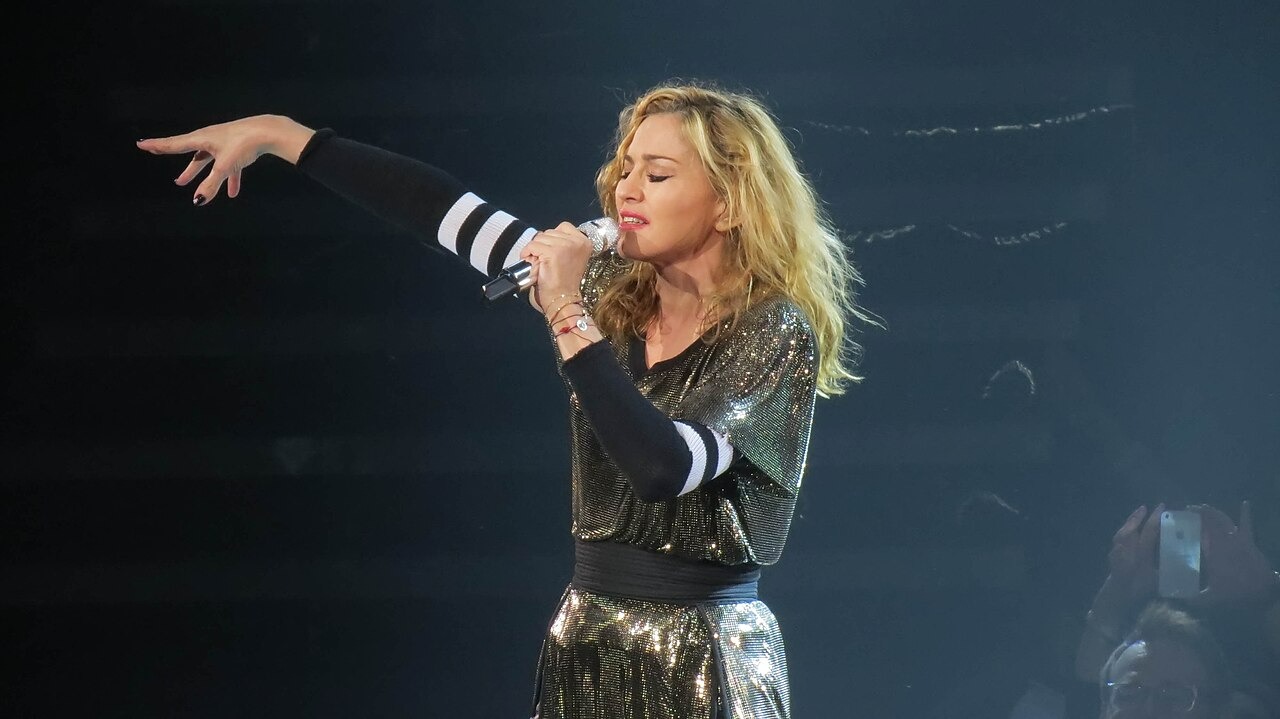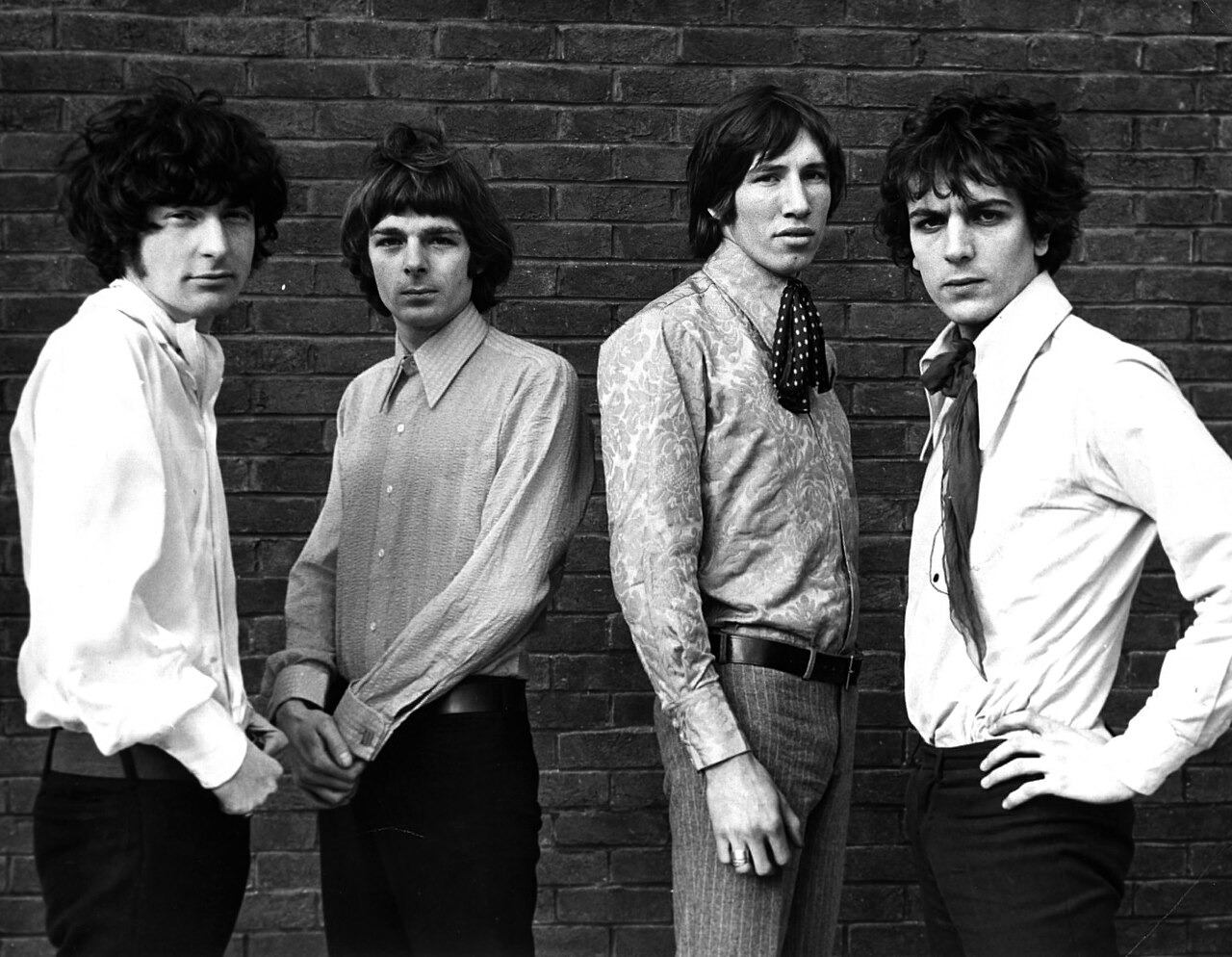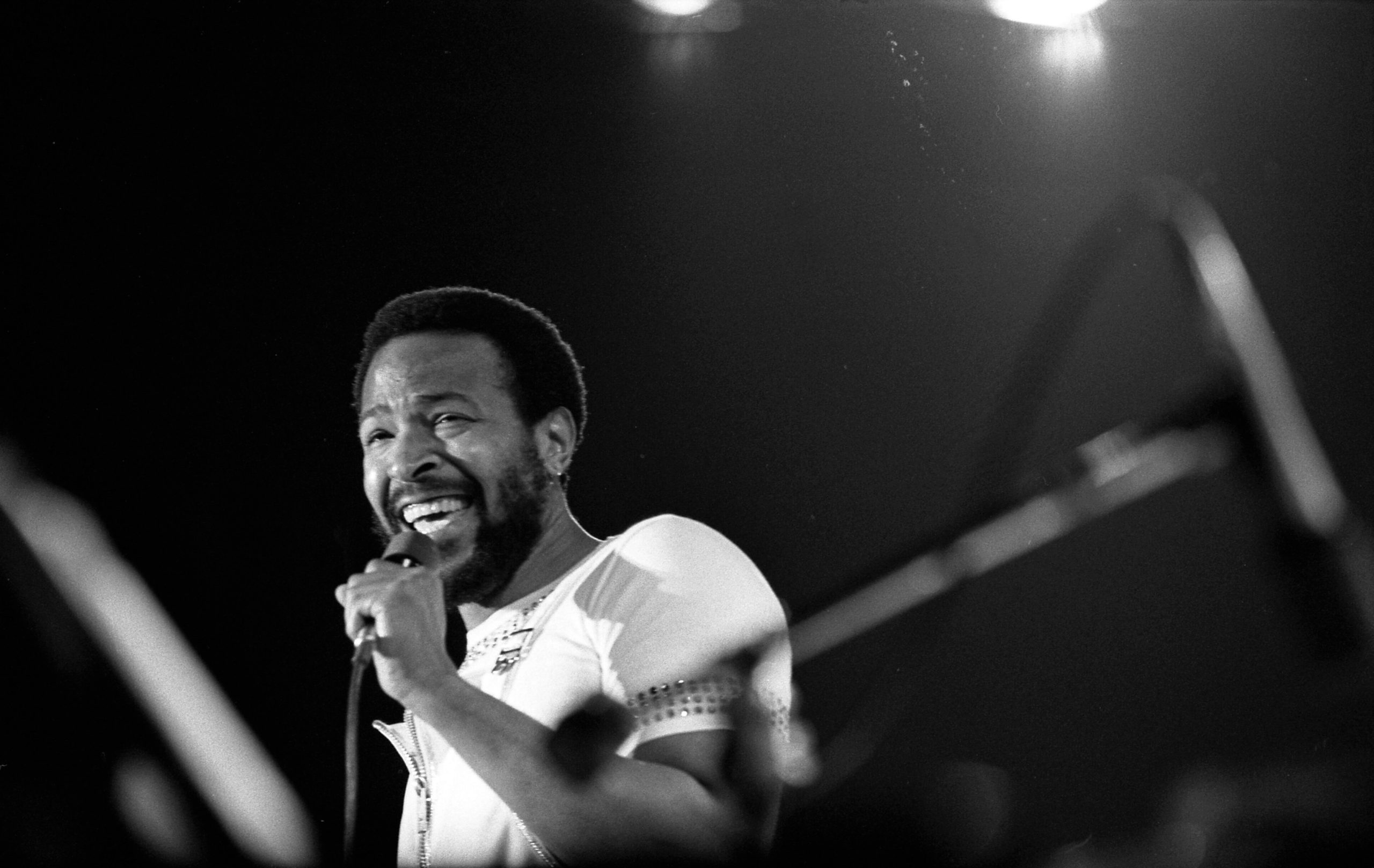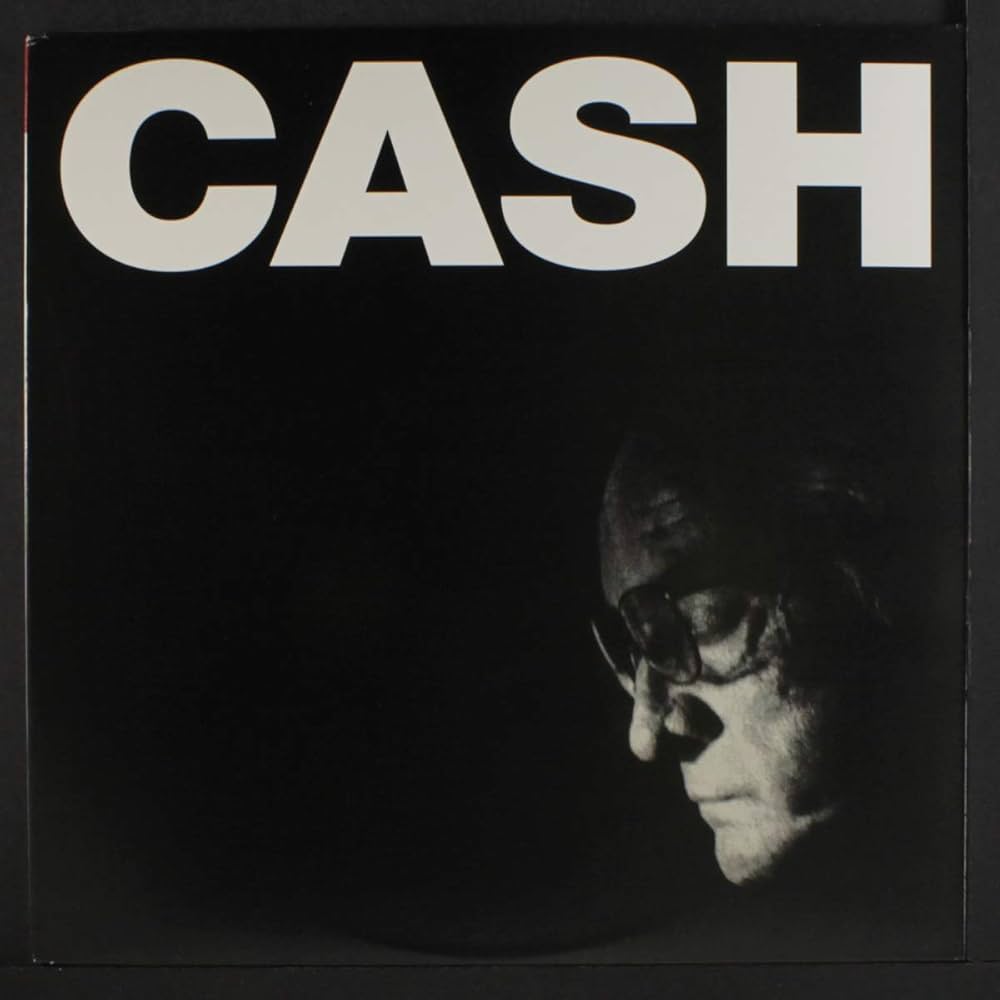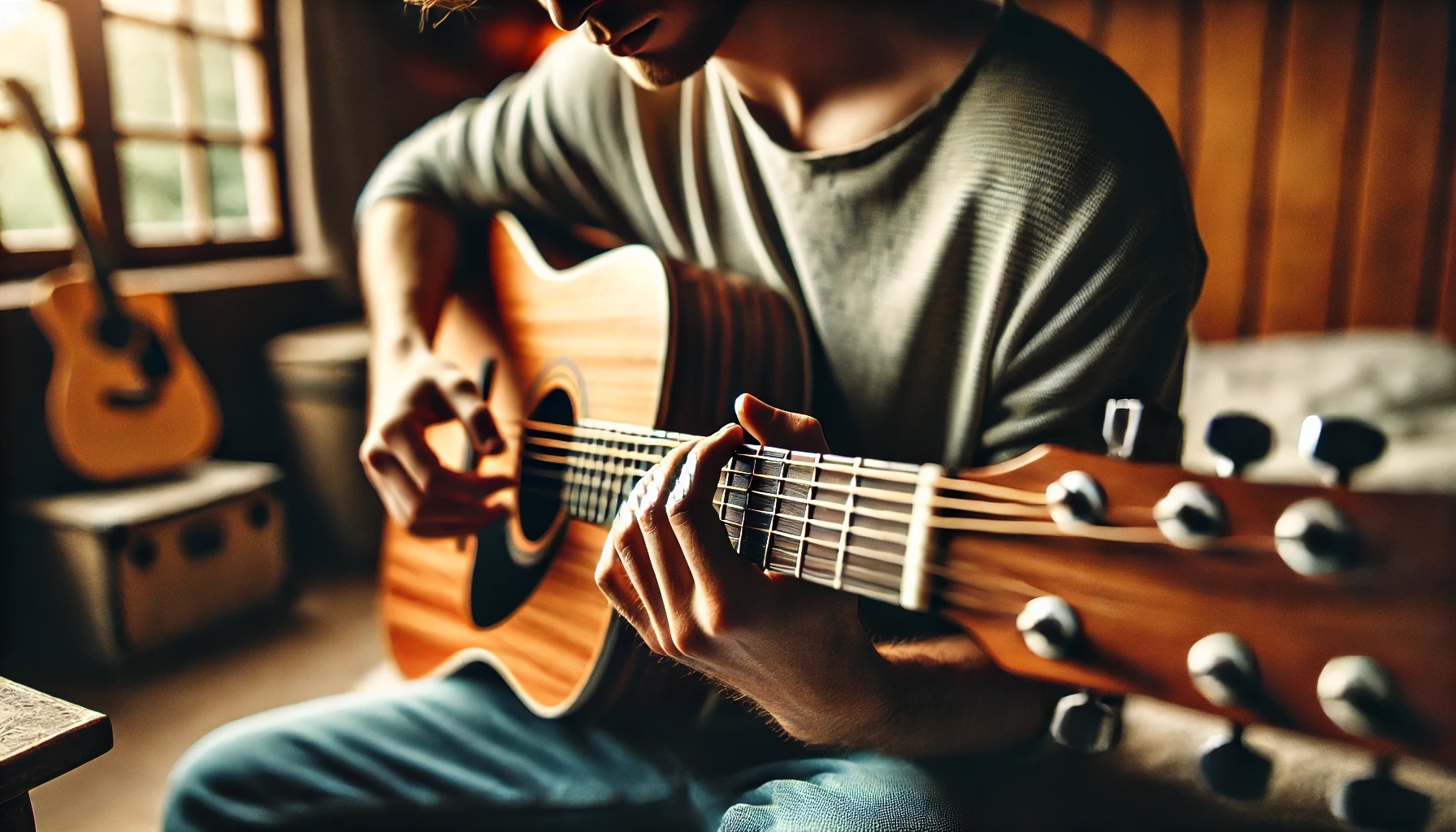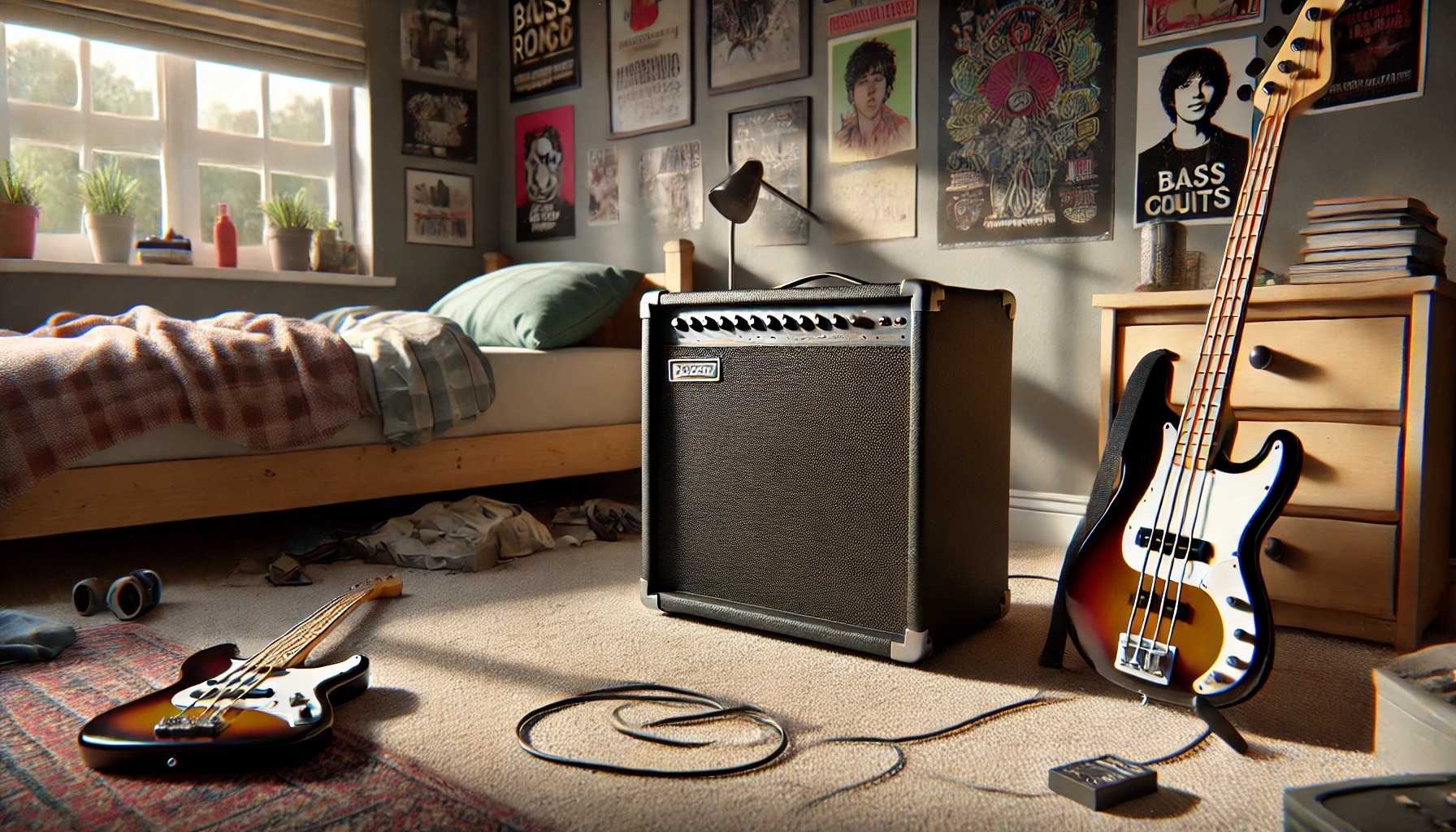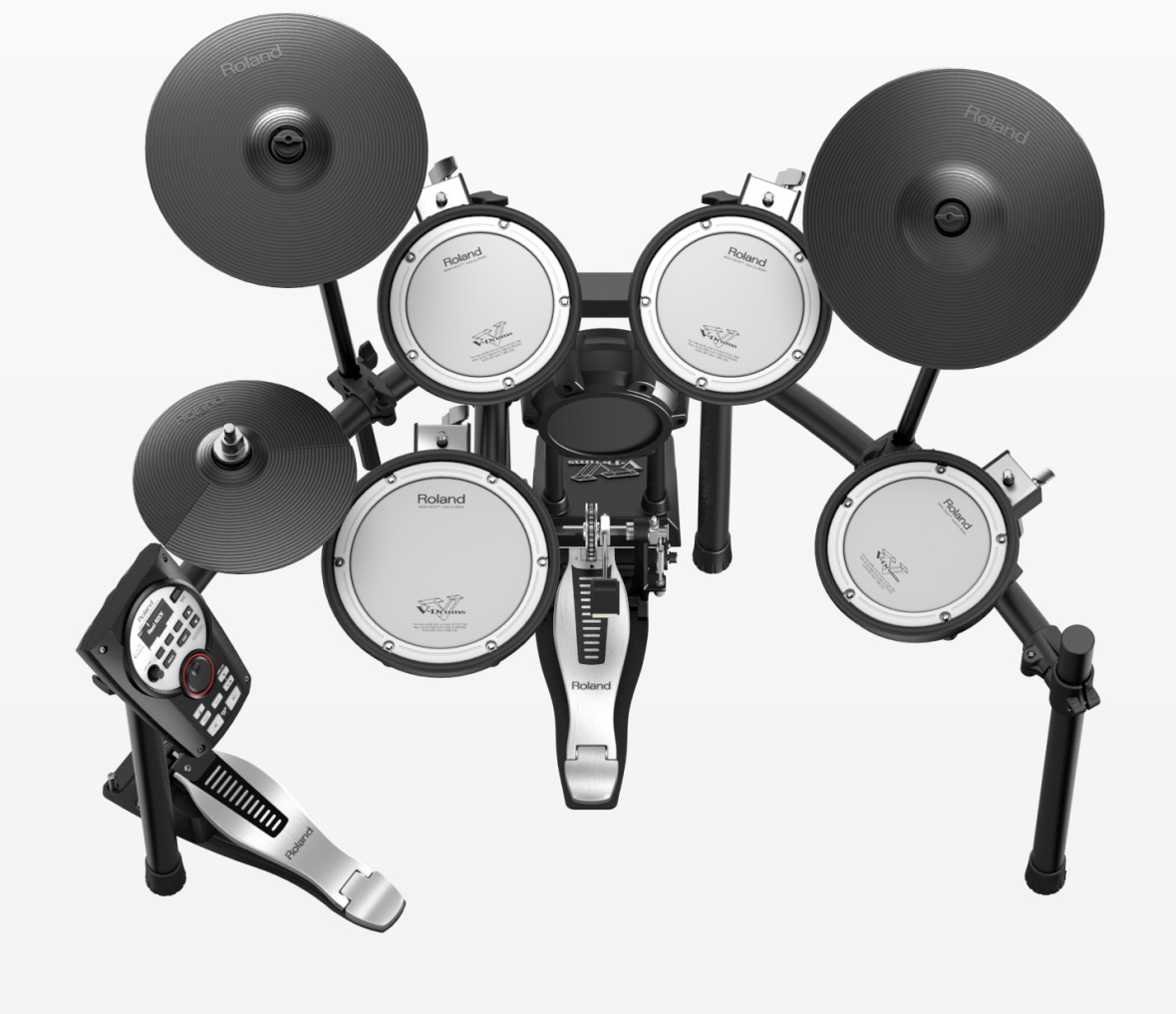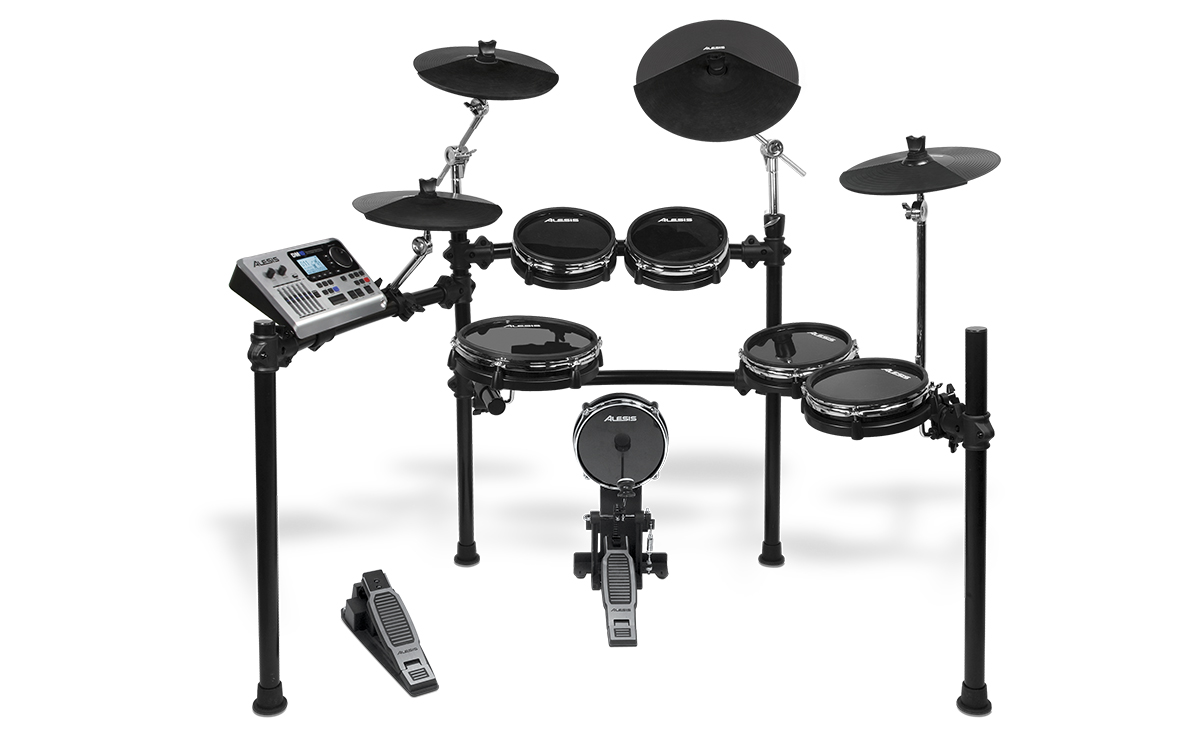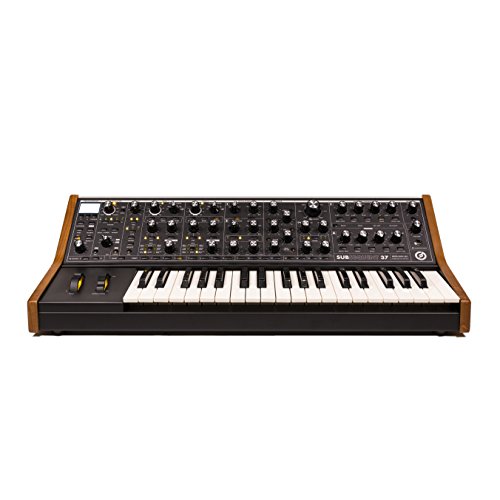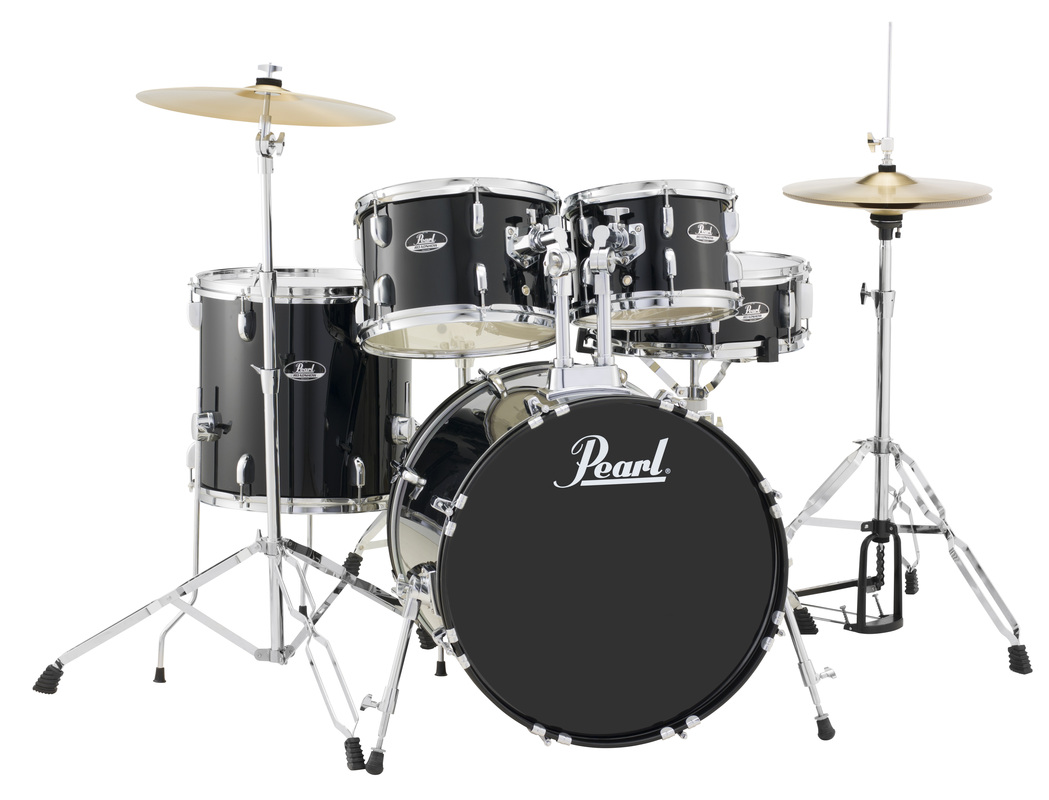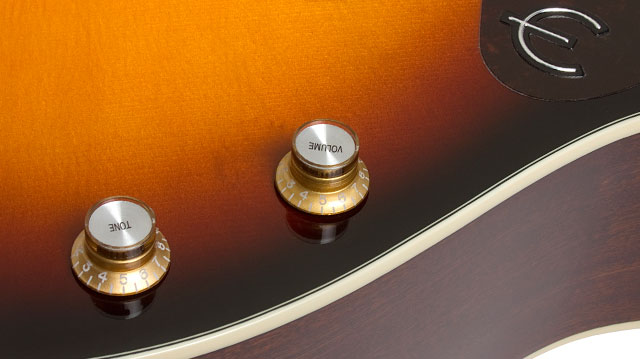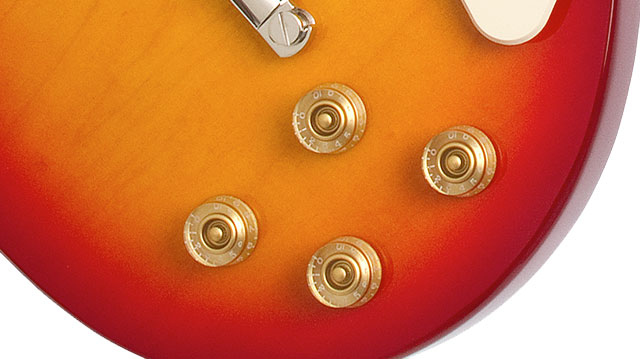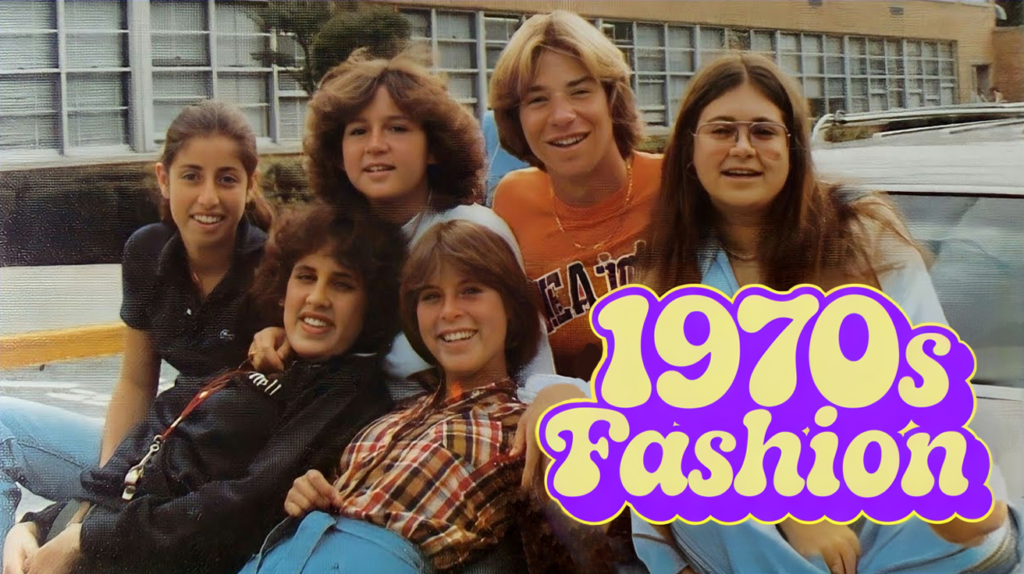
What turned 1970s fashion into America’s boldest style revolution? Department stores transformed from racks of matching suits into explosions of polyester and platform shoes. College campuses became catwalks of corduroy and bell bottoms, while disco clubs sparkled with sequins and satin. The decade shattered every fashion rule as clothing became both a personal statement and a political protest.
Get ready to explore the 15 trend-setting styles that defined this unforgettable era.
15. The Peasant Blouse Bloom

The peasant blouse transformed from Renaissance Faire staple to mainstream fashion must-have. Gunne Sax founder Jessica McClintock sold over 2 million blouses in 1974 alone. If you couldn’t find your sewing machine’s gathering foot, you weren’t alone – home sewers bought enough white cotton eyelet to circle the globe three times. The style gained international attention when Stevie Nicks made flowing sleeves and ribbon trim her signature look. By 1976, the peasant blouse had become so ubiquitous that Women’s Wear Daily declared it “the new white button-down.”
14. The Platform Clog Revolution

What happens when Dutch comfort meets disco heights? The 1970s platform clog phenomenon. Swedish company Bastad introduced their elevated wooden clogs in 1972, selling 50,000 pairs in the first month. You could hear these wooden wonders clomping down city streets from Stockholm to San Francisco. While regular clogs offered 2 inches of height, platform versions elevated wearers up to 4 inches – making them perfect for those who wanted to be tall enough to spot ABBA in a crowd. Major shoe manufacturers like Famolare capitalized on the trend, creating their signature “Get There” wavy sole that became the commuter shoe of choice.
13. The Rise Of The Tube Top
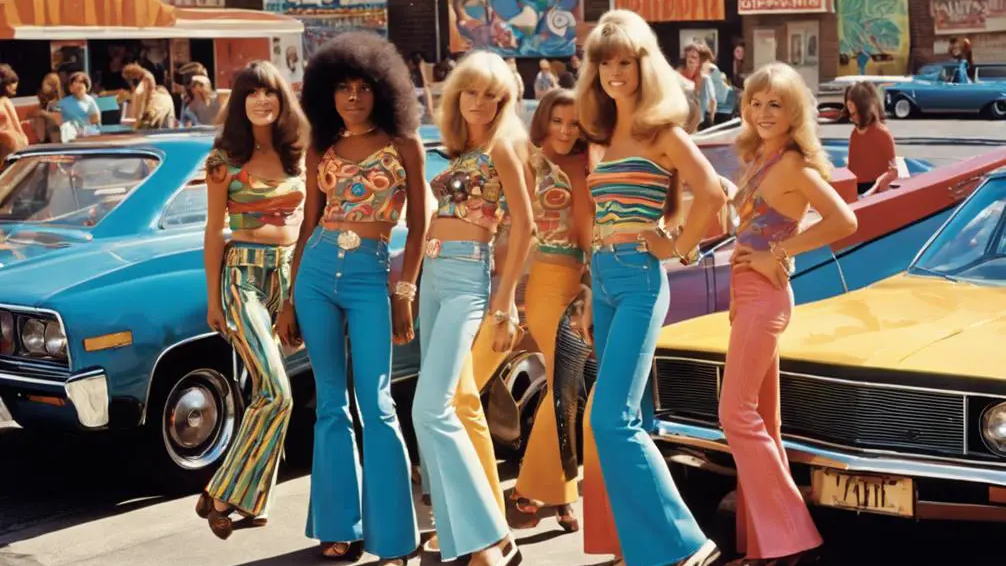
If you thought keeping a strapless dress in place was challenging, imagine the daring spirit of 1971’s tube top pioneers. Elie Tahari transformed surplus tube-style fabric into what became the decade’s most anxiety-inducing garment. Boutiques in Manhattan’s fashion district sold these gravity-defying tops for $5 to $25. Diana Ross’s Central Park concert appearance sparked nationwide demand, and suddenly everyone was practicing better posture.
12. Hot Pants: The Shortest Shorts

Mary Quant’s London boutique Bazaar introduced hot pants to a world that wasn’t quite ready for them. You needed the confidence of a runway model just to wear them to the grocery store. British manufacturers produced over 1 million pairs in early 1971. The trend reached peak acceptance when Pan American Airways outfitted their flight attendants in hot pants uniforms, selling 40,000 additional tickets from passengers who suddenly developed an interest in air travel.
11. The Comeback Of Platform Shoes

Before you complain about your high heels, consider the platform shoe enthusiasts of the 1970s. Marc Bolan’s T. Rex 1972 American tour ignited platform mania nationwide. Heights ranged dramatically from 3 to 7 inches, requiring a new level of balance and spatial awareness. Major shoe manufacturers retooled entire factory lines when market research showed 75% of young consumers were willing to risk a twisted ankle for style.
10. Corduroy: A Fabric Revolution
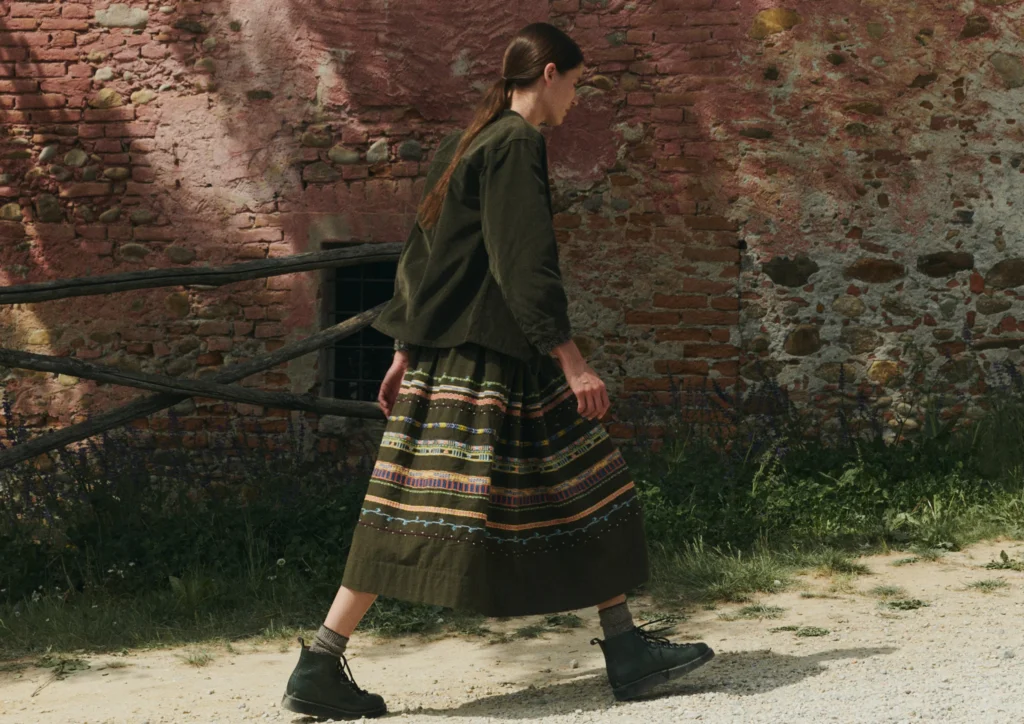
Ralph Lauren’s 1973 fall collection elevated corduroy from campus casual to high fashion. That distinctive swish-swish sound you heard walking down any college hallway became the soundtrack of the decade. American mills increased production to 30 million yards annually, offering colors beyond traditional brown and tan. The New York Times dubbed 1974 “The Year of Corduroy” when eight out of ten top American designers embraced the fabric’s characteristic ridges.
9. Leisure Suits: The Iconic Outfit

If you’ve ever wondered why your dad’s photo albums are filled with polyester suits, blame Saturday Night Fever. Botany 500 increased production by 400% in 1977, while prices ranged from $35 to over $150. Johnny Carson’s Tonight Show appearances legitimized the style, proving you could look both relaxed and professional while secretly wearing the most comfortable suit ever made. American polyester production reached record highs when leisure suits accounted for 65% of men’s suit sales.
8. Wrap Dresses: A Feminine Touch

Diane von Furstenberg solved the eternal “nothing to wear” crisis with her silk jersey wrap dress in 1974. The design appeared in over 100 print patterns, ensuring you’d never show up at the office wearing the same dress as your colleague. Betty Ford’s choice of a wrap dress for her White House portrait validated working women’s style intuition. By 1976, one in four professional women owned a DVF wrap, proving that comfort and power could coexist.
7. Bold Jewelry Trends
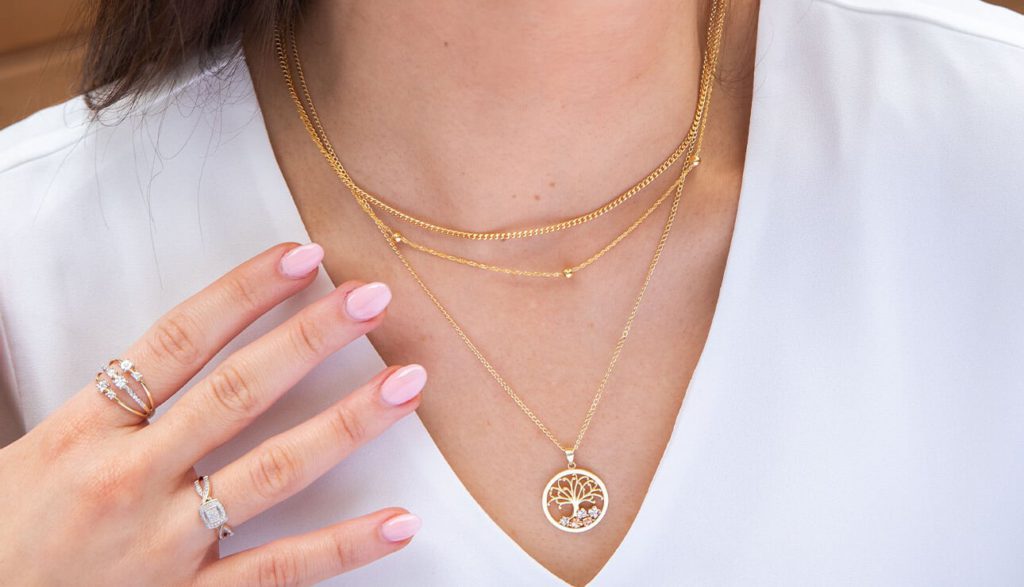
When one necklace wasn’t enough, the ’70s said “wear five.” Cher’s television showcase of Native American designs sparked a turquoise rush. Wooden bangles clinked their way into fashion history as imports rose 500% between 1972 and 1975. By decade’s end, 80% of fashion-conscious consumers had mastered the art of layering at least five pieces without looking like a walking jewelry store.
6. The Iconic Bell Bottoms

Levi’s Orange Tab bell bottoms proved that sometimes bigger really is better. Those dramatic 26-inch hems could hide a multitude of shoe choices (and sometimes small pets). Manufacturers produced 500,000 pairs monthly for eager consumers. A 1974 Gallup poll confirmed what everyone’s ankles already knew: bell bottoms outsold straight-leg pants three to one.
5. The Mood Ring Phenomenon

Your finger could finally tell everyone what your face already showed. Bonwit Teller introduced $45 sterling silver mood rings, while Cartier created $250 versions for those whose moods were apparently more sophisticated. The trend peaked when 95% of high school students reported owning or wanting these emotional barometers, making it impossible to hide feelings about pop quizzes.
4. Sheepskin Coats: A Luxurious Choice
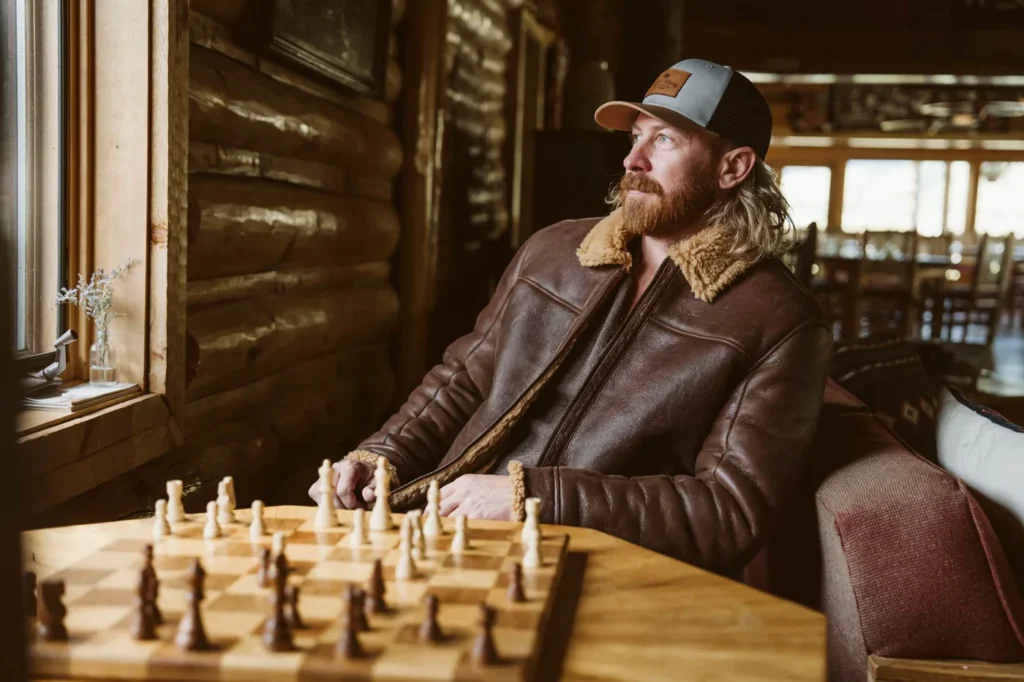
Robert Redford’s Downhill Racer appearance ignited nationwide demand for sheepskin coats. Sawyer of Napa increased production by 200%. Paul Newman’s 1973 Academy Awards appearance sparked a winter fashion revolution. Market research showed sheepskin captured 60% of the luxury outerwear market.
3. Halter Tops: A Bold Statement
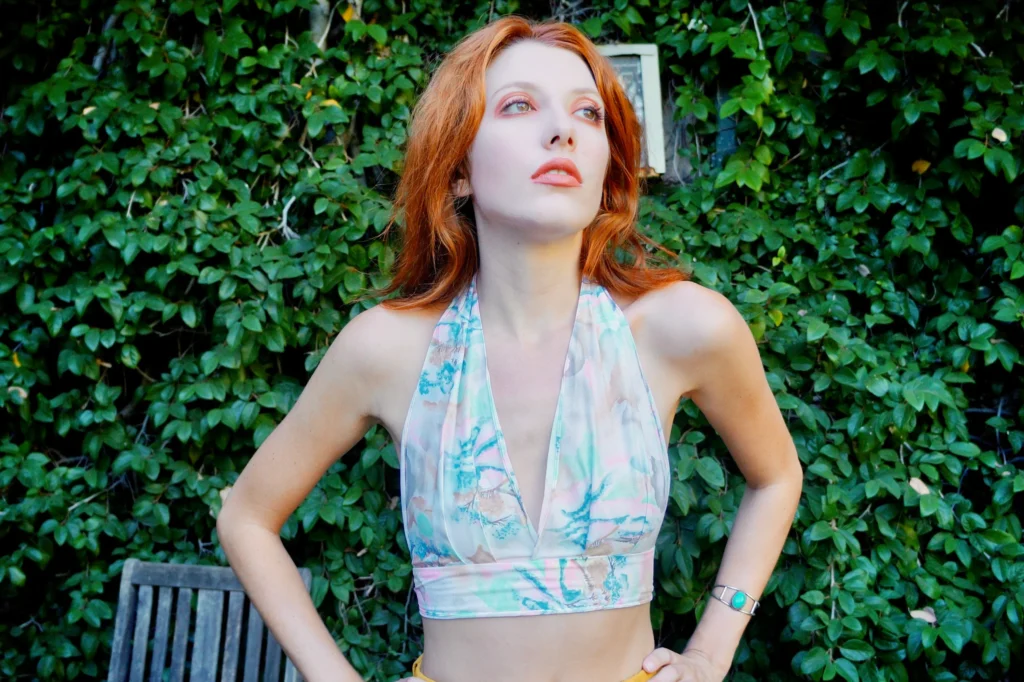
Charlie’s Angels transformed halter tops from beachwear to prime-time fashion. Home sewers drove fabric store sales to record highs. Diane von Furstenberg’s $125 evening wear halters bridged casual and formal fashion. The style dominated summer fashion with 35 million units sold. Fashion is not the only thing that made the 1970s stand out. Here are 70 songs that defined music in the 70s.
2. The Punk Influence: Black Leather Jackets
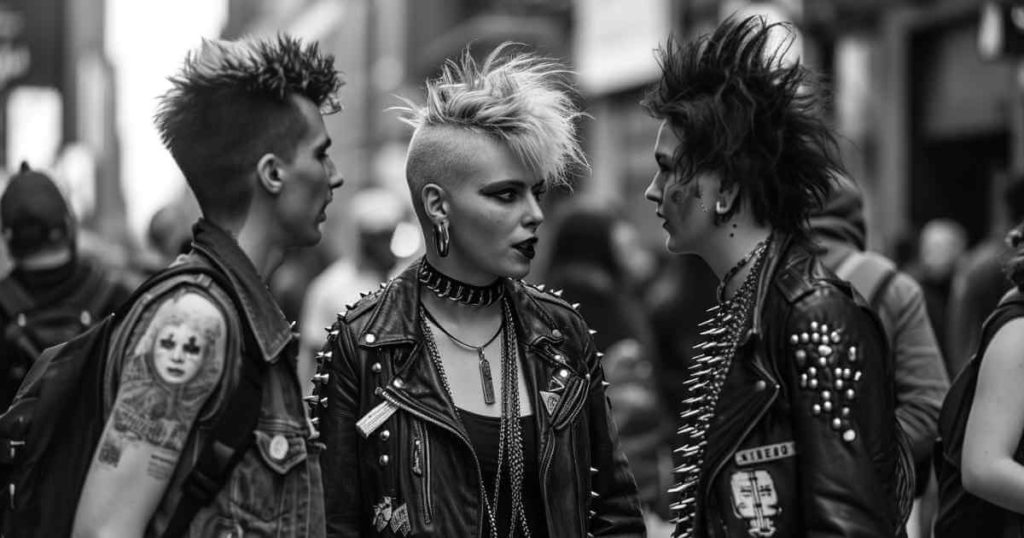
Before Instagram filters, there were safety pins and studs for expressing teenage rebellion. The Ramones made Schott’s Perfecto jacket the uniform of anti-establishment style. London’s King’s Road boutiques charged £50 for customized versions. Billboard magazine documented leather jacket sales reaching 2 million units in 1977, proving that rebellion had become remarkably marketable.
1. Jumpsuits: The One-Piece Wonder
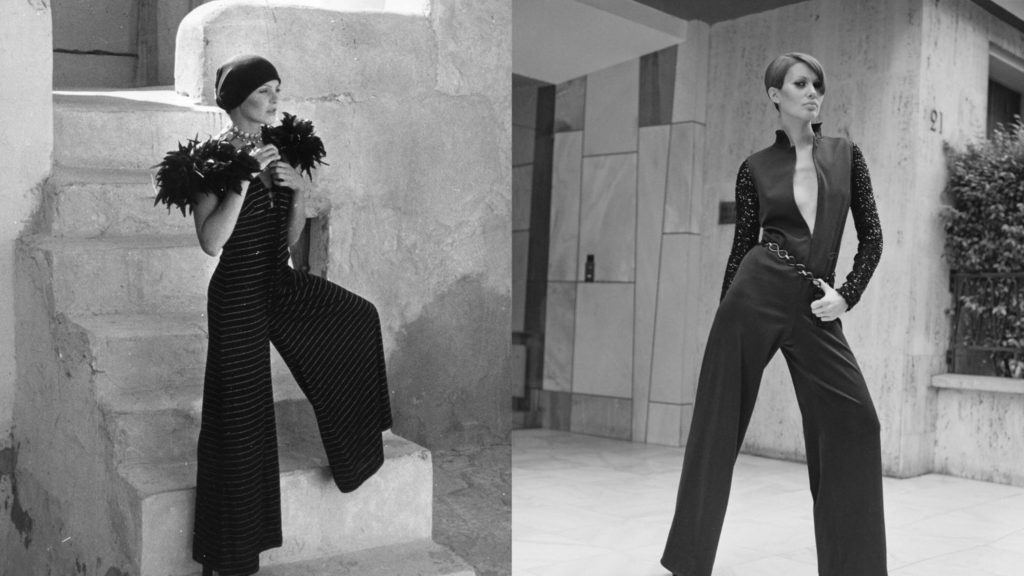
The ultimate in getting dressed in under a minute, jumpsuits ranged from Elvis’s $65,000 rhinestone spectaculars to Montgomery Ward’s practical $29.99 versions. You either loved them or hadn’t yet figured out their bathroom logistics. ABBA’s world tours showcased glamorous interpretations, and by 1975, one-piece garments outsold separates during summer, proving convenience could triumph over practicality.
